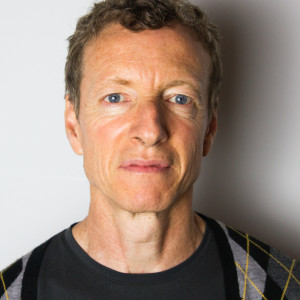IRI@AGU: Advancing Climate Prediction at New Timescales

Andrew Robertson
Andrew Robertson is a senior research scientist at the International Research Institute for Climate and Society. He heads IRI’s climate group and studies how to improve climate forecasts with lead times between two weeks to two months, referred to by scientists as the subseasonal-to-seasonal (S2S) timescale.
He also co-chairs the S2S Prediction Project Steering Group, which is the first collaboration of the World Climate Research Program and the World Weather Research Program, both of which are sponsored by the World Meteorological Organization. A key goal of the S2S Prediction Project is to not just improve forecasts, but also make them relevant and usable to those who can apply the forecasts to make decisions.
Robertson is convening several sessions related to S2S prediction at the 2016 American Geophysical Union Annual Meeting.
We’ve discussed in previous interviews what defines S2S activities, so I’m first curious to hear if and how the science of this kind of forecasting has changed in the last couple of years.
The big development in the last couple of years is that the S2S database has come online. There are now over 600 researchers from over 65 countries using it. It’s enabling them to investigate the forecast performance of ten different operational forecasting models from around the world, and to better understand the underlying sources of sub-seasonal predictability. The Madden-Julian Oscillation is still the big one, but the stratosphere, sea-ice and soil moisture memory are hot topics.
In your presentation you’ll be giving updates on the S2S project. Can you give us a sneak preview of these updates?
I’ll be giving an overview of the project and database, and how the S2S research can benefit real-time forecasting through the World Meteorological Organization. I’ll mention a couple of proposed regional pilot applications, including the energy sector in Uruguay and tropical cyclone warnings for the World Food Programme in the Philippines.
What makes you excited about continuing this work?
I think we have accomplished a huge amount in the past three years since the launch of the project, with the creation of the S2S database. I’m excited to see how the interest is growing, from training events in Africa like this recent one in Senegal to the “small” workshop on S2S prediction of extreme weather and climate we held at Columbia last week that ended up attracting over 100 attendees. While forecasting on the sub-seasonal scale is highly challenging and we still have much to do develop forecasts that can benefit users, the “gap” between weather and climate forecasts is definitely now starting to be filled!

You must be logged in to post a comment.